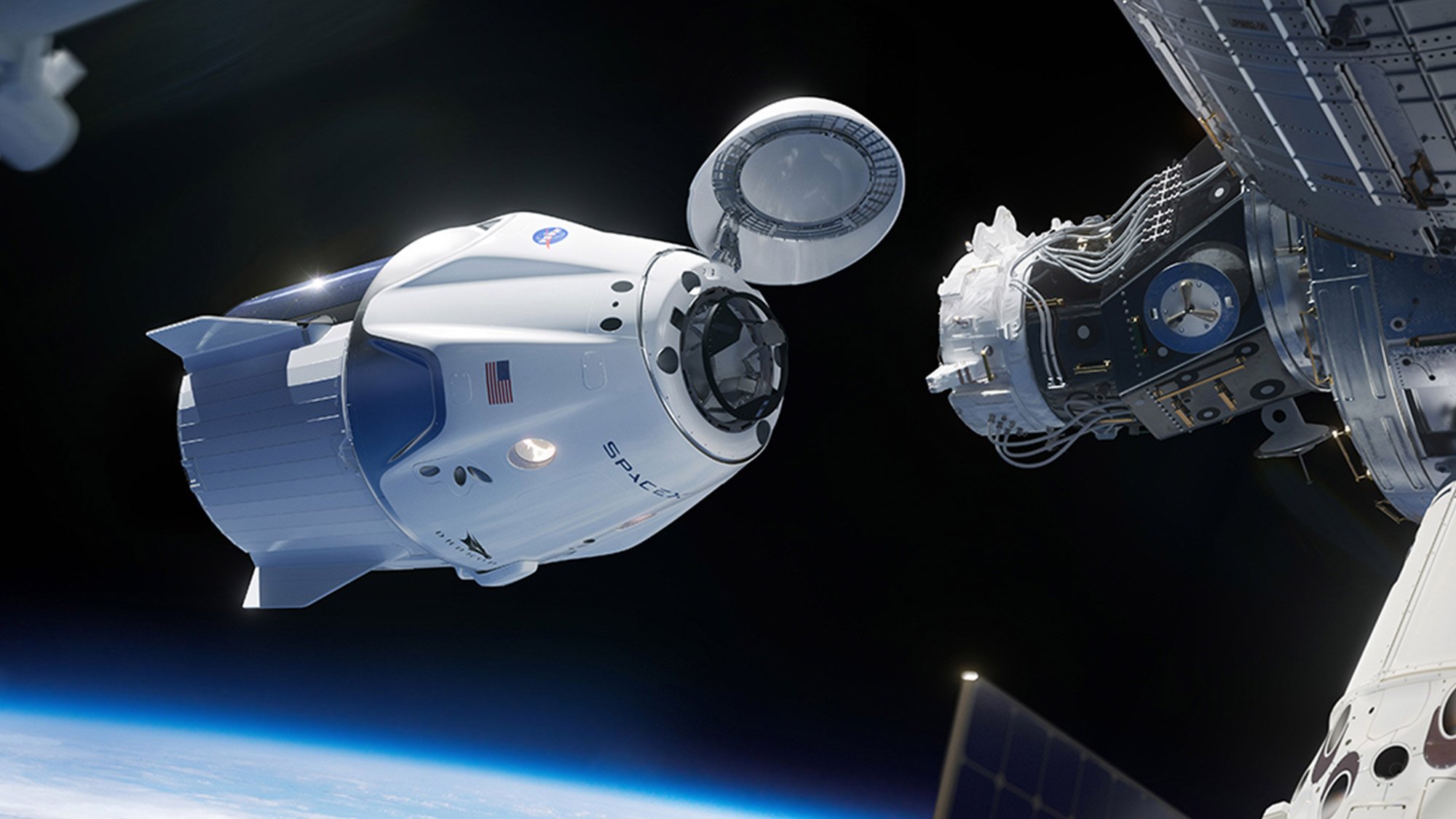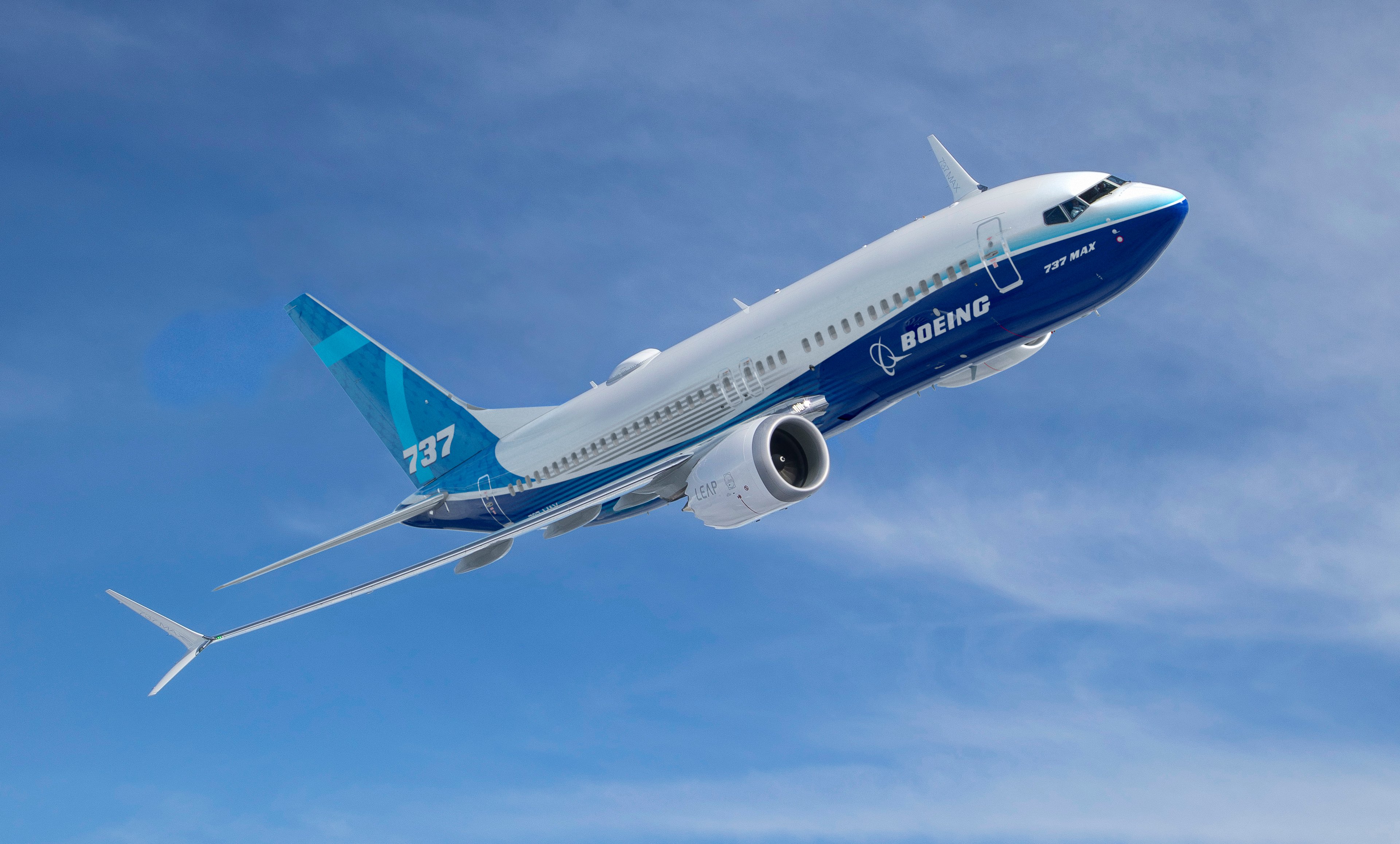I admit it: I'm a procrastinator.
Last year, investment bank Morgan Stanley published a groundbreaking report titled "Investment Implications of the Final Frontier." It was a fascinating read, chock full of facts and figures that investors should be aware of when investing in the space industry. Still, at 60 pages in length, it was a bit of a monster to dissect -- which is why I've put it off for so long.
Be that as it may, there's no time like the present. Between Rocket Lab's successful launch of a trio of microsatellites last month (atop the smallest rocket ever to put objects in orbit), and Elon Musk's launch of the world's current most-powerful rocket last week, the commercial space race is now inarguably in full swing. If we plan to invest in it, we need to know what we're getting into -- and we need to know now.
Here are a few facts and figures to get you started.

If you want to invest in space, says Morgan Stanley, "it all comes down to SpaceX." Image source: SpaceX.
What is the "space industry?"
In its report, Morgan Stanley estimated the current size of the global space industry at $350 billion in annual revenue. When you consider that NASA's annual budget is only about $20 billion, that $350 billion estimate sounds a bit high, but consider:
When most people think of the space industry, they probably focus on the companies that build the rockets and vehicles that get us to space. Boeing (BA +1.30%) and Lockheed Martin (LMT +1.99%) at United Launch Alliance are the most obvious, but the group also includes Airbus's (EADSY +0.45%) Arianespace subsidiary, and perhaps a few privately held space launch companies, such as Elon Musk's SpaceX, Jeff Bezos's Blue Origin or Richard Branson's Virgin Galactic. Morgan Stanley expects this side of the space industry to positively boom over the next couple of decades as the number of operational satellites in orbit explodes from 1,400 today to as many as 20,000 just 20 years from now. With launch costs falling 8% annually, Morgan Stanley thinks we'll be launching in excess of 500 new satellites a year by 2040.
Go out one step farther in the space industry, and you'll encounter the companies operating these satellites in orbit -- companies like Inmarsat (ISAT +0.00%), Softbank, and SES. Take another step back, and you'll see other companies -- Honeywell (HON 1.58%) or Northrop Grumman (NOC +2.85%) for example -- building the satellites.
When thinking about the space industry, these three categories are a good place to start. But in preparing its report, Morgan Stanley cast an even wider net, attempting to encompass not just the hardware builders, the rocket launchers, and satellite operators, but all the many companies that rely on satellite communications to run their businesses and provide their services -- everyone from Alphabet (GOOG +0.88%) (GOOGL +0.86%) to Facebook (FB +0.43%) and Amazon.com (AMZN +0.47%). Indeed, from this perspective, it becomes difficult to find a company that is not part of the space economy.
How big is the space industry today -- and how big might it become?
It also becomes clear why Morgan Stanley predicts that the global space industry, worth $350 billion today, could nearly double, triple, or quintuple in size, growing to anywhere from $600 billion to $1.75 trillion in revenue by 2040. (Picking a midpoint, Morgan Stanley settles on $1.1 trillion in sales as its best guess of how big the space business will be 20 years from now).
The "space industry," it turns out, encompasses much of the terrestrial business world, including television (and thus the advertising industry), internet service providers (and the makers of the hardware that make up the internet), e-commerce companies (and the transportation companies that ship their goods). As the space economy grows, so too will everything else that depends upon it.
What are the best ways to invest in space?
Building this broad buy thesis, Morgan Stanley urges investors to consider a "Space 20" list of 20 companies tied to "this domain of technology and innovation" that it calls the space industry.
This list include all the obvious targets -- Boeing and Lockheed, Honeywell and Northrop, Softbank and SES. But Morgan Stanley also includes such space-adjacent companies as Alphabet, Amazon and Facebook, and even such less obvious space plays as GoDaddy (GDDY 0.90%) -- whose internet business will grow with the growth in satellite broadband, Shopify (SHOP +0.17%) -- another play on a rise in satellite-broadband-powered e-commerce, and even XL Group (XL +0.00%) -- "one of the top underwriters of space insurance."
This is not even counting, by the way, the multitude of privately held companies -- SpaceX, Virgin Orbit, and Blue Origin to name a few -- that could one day go public and give investors even more ways to directly invest in space.
What are the risks?
To make predictions about where industries will stand more than 20 years in the future, Morgan Stanley necessarily builds its space-industry buy thesis upon a mountain of assumptions -- not all of which might play out as planned. The bank acknowledges a mountain of risks nearly as tall -- among them, the possibility that space businesses will have difficulty obtaining the funding needed to grow, that the regulatory gaps in governing business in space could impede progress, and the ever-present risk of rockets blowing up on launch, which could delay the construction of space infrastructure and even potentially sour investors on the whole idea of exploiting "the final frontier."
One development that is absolutely key to the industry growing, though, is the deployment of reusable rockets and ultra-cheap disposable rockets to drive down launch costs, and create a sort of low-cost "elevator to Low Earth Orbit" -- something being accomplished by SpaceX, Blue Origin, and lesser-known innovators such as Vector and Rocket Labs.
In fact, Morgan Stanley views this development as so essential to the space industry's future that it comes right out and says it: "It all comes down to SpaceX."
Lucky for us, then, that SpaceX is back in business and launching rockets once again, including the Falcon Heavy that has now become the world's most powerful rocket in operation. And if you're interested in investing in SpaceX itself, we can tell you how.
















